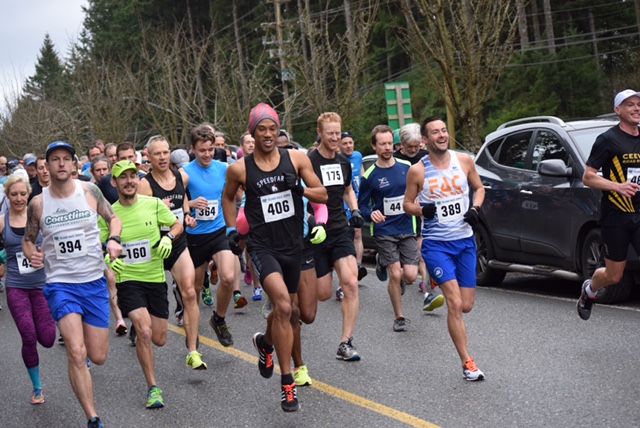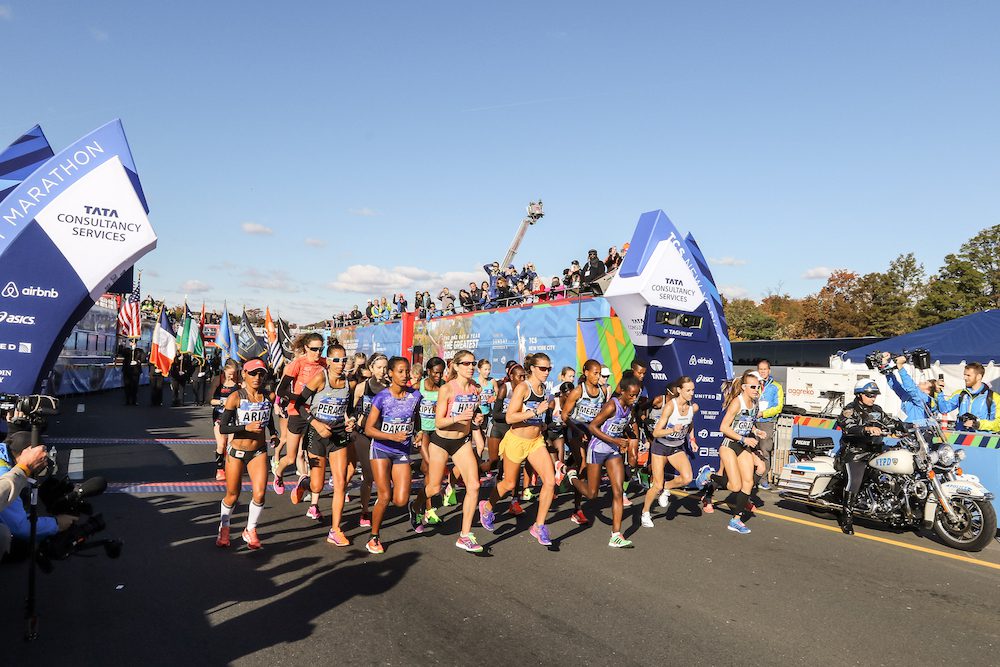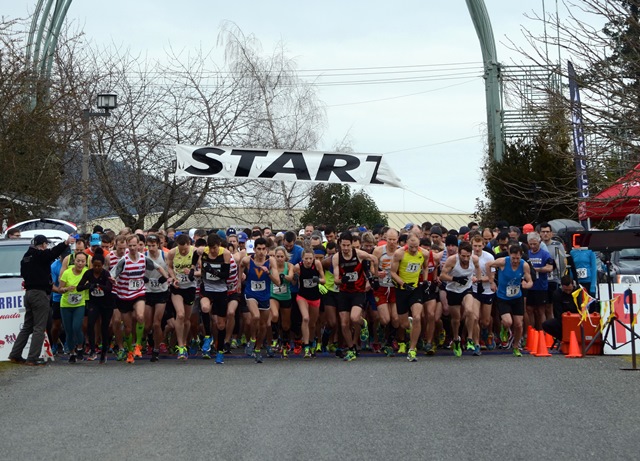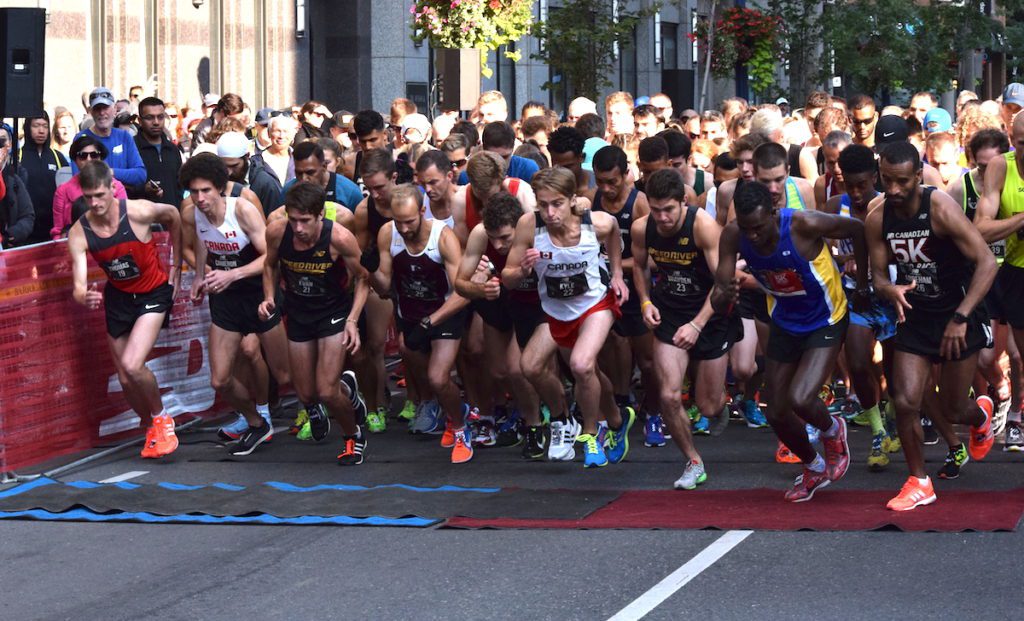What’s a race plan, and do I need one?


You may have heard the expression “failing to plan is planning to fail.” It may seem a bit extreme, but there’s no doubt of the value of having a race plan. Whether you’re a recreational runner who races occasionally or a serious competitive runner, here are the basics of race planning.
RELATED: Video: Stick to Your Training Plan to Run Your Best Race
A race plan is different from a training plan. Your training plan tells you what distances to run and at what pace in the weeks or months leading up to the race; a race plan is for the race itself.
The race plan may take many forms. It may be as informal as your thoughts about your upcoming race, or as detailed as a written strategy taking into consideration how your training went, your clothing and footwear, your fuelling, your pace, the weather, and who else is competing. You may formulate your plan in your head on the start line, or a week ahead of time on your computer.

We spoke to Ross Ristuccia, head coach of Monarch Athletics in Toronto, about how to formulate a race plan. Ristuccia has coached high-level Canadian runners including Rachel Hannah, Sasha Gollish, Andrea Seccafien and Tamara Jewett, and usually works with middle-distance runners competing in the 1,500m, 3,000m and 5,000m.
“The most important factor in developing the race plan is how your training has been going,” says Ristuccia. “The plan may be more or less aggressive or conservative, based on how well the athlete’s training has gone leading up to the race.”
Ristuccia says the elements of the race plan are simple. It’s all about establishing the right pace at the beginning of the race, without going out too fast or too slow, maintaining the pace through the middle of the race, and putting on a strong push to the finish.

In a 10K, for example, if you’ve been doing kilometre repeats at 4:00 (four minutes per kilometre), then you should replicate that pace. (Keep in mind that’s an elite-level pace for the 10K; a recreational or masters-level athlete’s pace will be significantly slower.)
Though not an issue in shorter races, nutrition during the race becomes important at distances longer than 10K or 15K, as does hydration.
If you follow runners on social media, you’ll see that many people like to lay out what they plan to wear in the race, right down to the sports bra, race bib, socks, and energy gels. This is more than a selfie-minus-human; it’s actually a useful part of your race plan, since it will help you remember what you need on race day.


